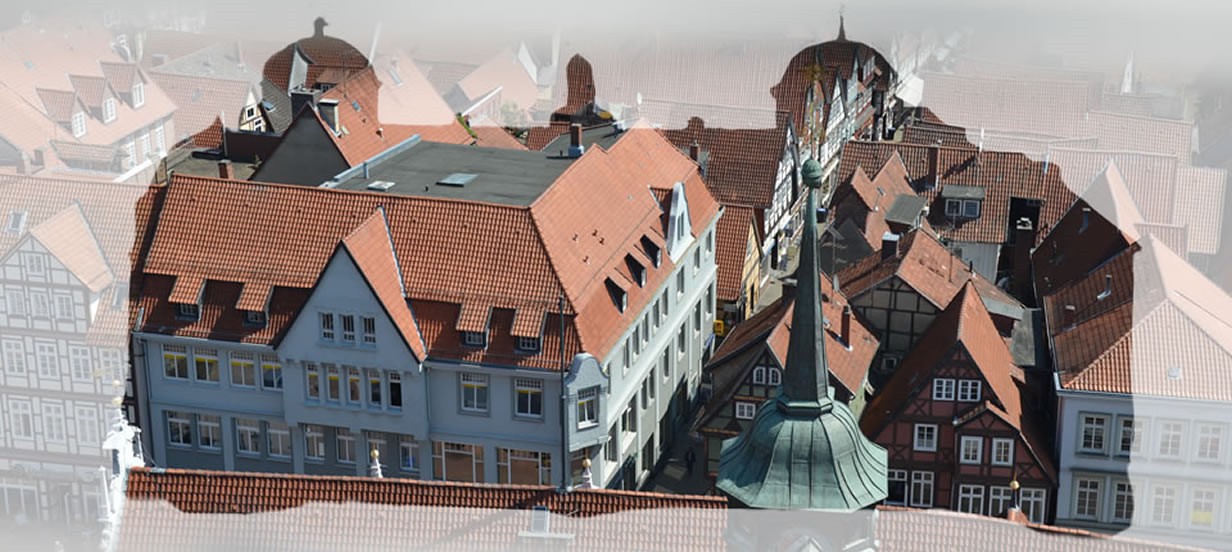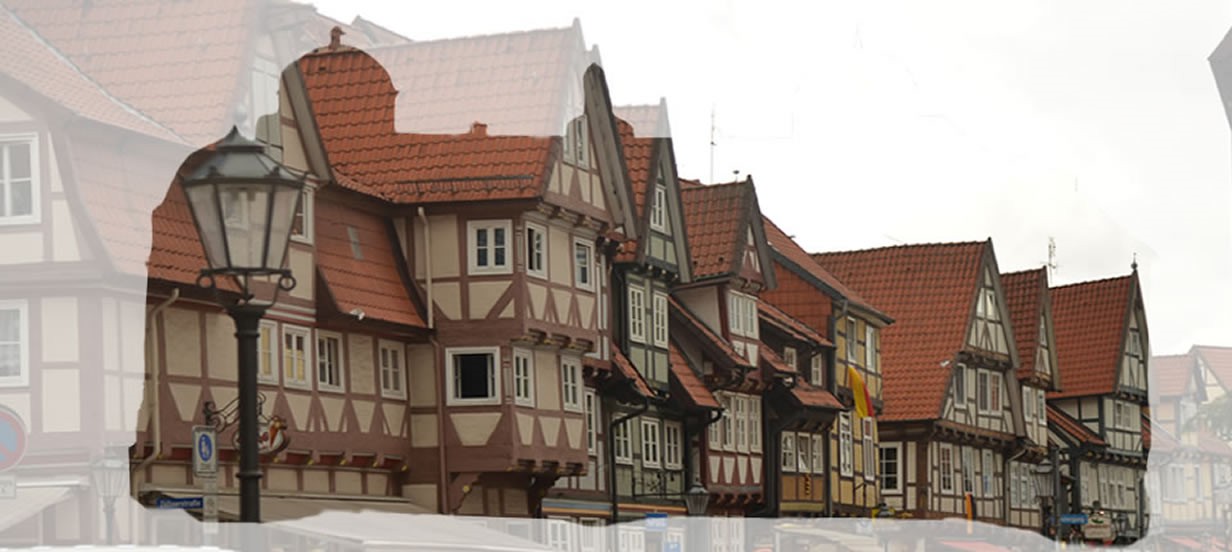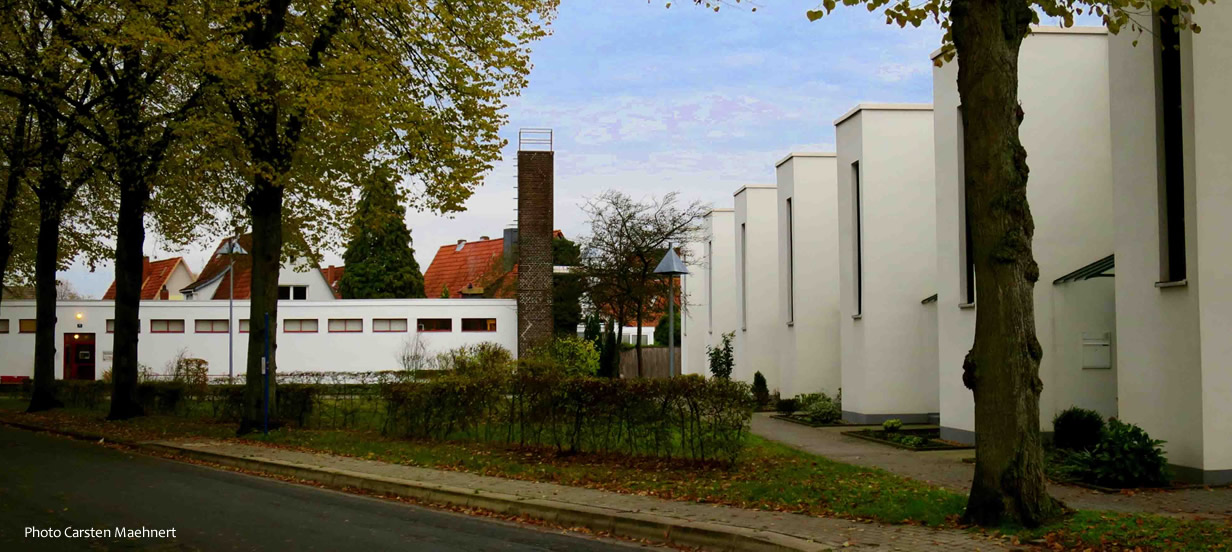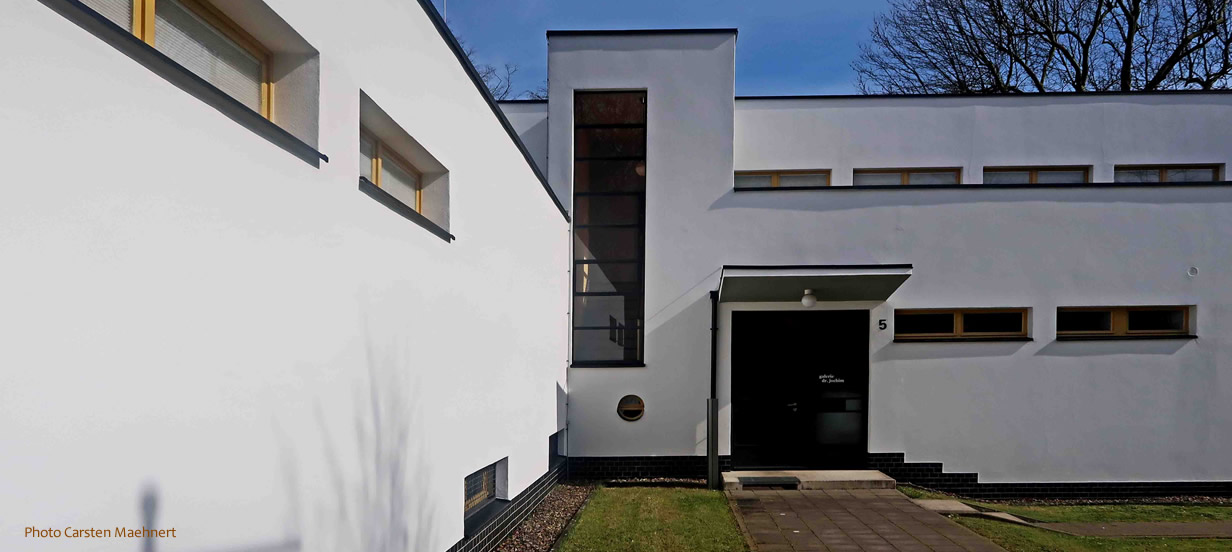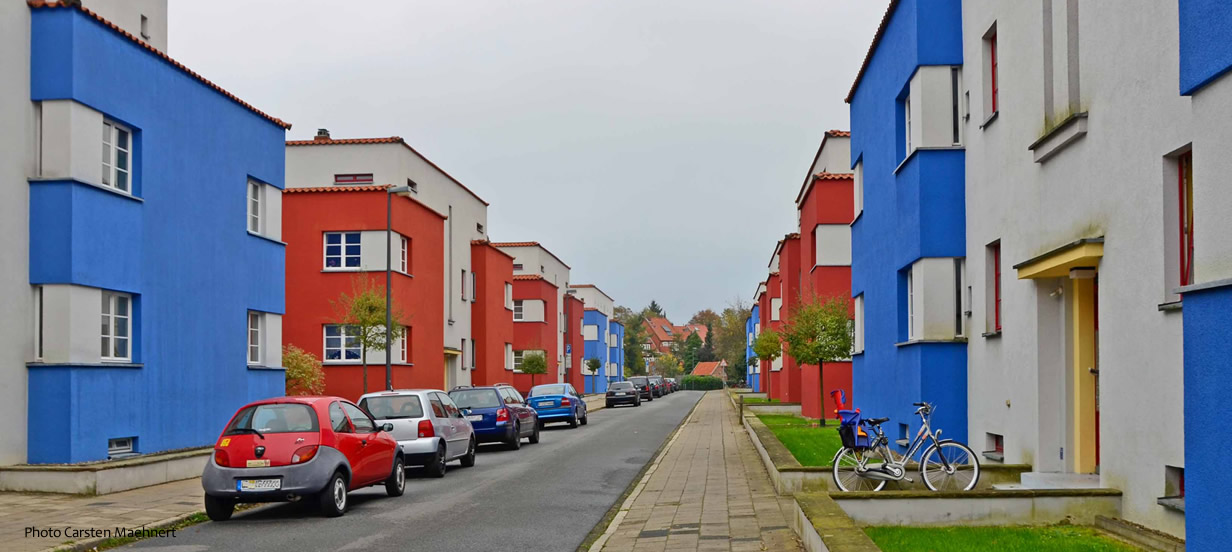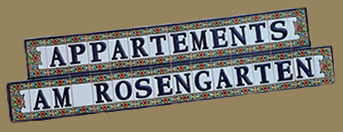
Landgestütstr. 37
29221 Celle
Phone number: 0049 / 5141 / 26561
Mobile: 0152-01971007
E-mail: claudia.klassen@gmx.net
Landgestütstr. 37
29221 Celle
Phone number: 0049 / 5141 / 26561
Mobile: 0152-01971007
E-mail: claudia.klassen@gmx.net
Celle - a town situated on the banks of a river
Celle, also called the southern gateway to the Lüneburg Heath, has a population of 70,000 and is (after Lüneburg) the second-largest town between Hamburg and Hanover. Alongside a quarter of over 400 half-timbered houses, Celle also offers a castle built in a way that combines Renaissance and Baroque styles.
Celle was first mentioned in a document in 985 as “Siedlung am Fluss” which means “settlement near the river”.
In 1378, Albert of Saxe-Wittenberg made Celle the residence of the dukes of Saxe-Wittenberg and, in 1433, the town became the residence of the princes of Lüneburg.
In 1524, Ernest I, Duke of Brunswick-Lüneburg (also called Ernest the Confessor) made Celle the first town to join the Reformation after Wittenberg. In 1570, William the Younger, Duke of Brunswick-Lüneburg refurbished the castle chapel.
Celle flourished culturally from 1665 to 1705 under Duke George William and his wife Eleonore d’Olbreuse. The French Garden, the former “Italienischer Garten” as well as the Baroque castle theatre and a Huguenot church were built during this time. The parcs still fascinate the visitors to this day. When the last Duke died in 1705, Celle passed to the Hanover line of the Welfs. The town lost its status as a town of residence and was now part of the Electorate of Brunswick-Lüneburg. Numerous administrative institutions such as the Oberappellationsgericht (former highest court), the prison and the State Stud were established in Celle to compensate for the loss – and Celle naturally became a bureaucratic and judicial town.
Albrecht Thaer, the founder of the agricultural science, founded the first German Agricultural Testing Institute (now called Thaer’s Garten) in the Dammaschwiesen (a green area) in 1786. Today, the Dammaschwiesen serve as a local area for recreation that has lots of charm as it can turn into a huge natural ice sheet during the winter. The ice sheet stretches across the flood plains of the Aller.
The Bomann Museum was founded in 1892 by donations of citizens. It gives an overview over the town’s history among other things.
The three settlements – the Italienischer Garten (1925), the Georgsgarten (1927) and the Blumläger Feld (1931) – by the architect Otto Haesler offer an insight into the development of the “Neues Bauen” in Germany. You can find further information on the architect Otto Haesler on otto haesler initiative e.V.
Another highlight is the Kunstmuseum Celle (founded in 2000) with its collection Robert Simon. As the first 24-hour art museum worldwide, the foundation of the museum is already an art in itself and shows a way to the future.


